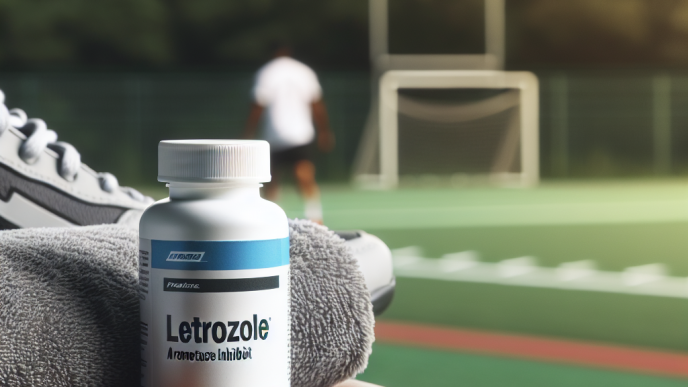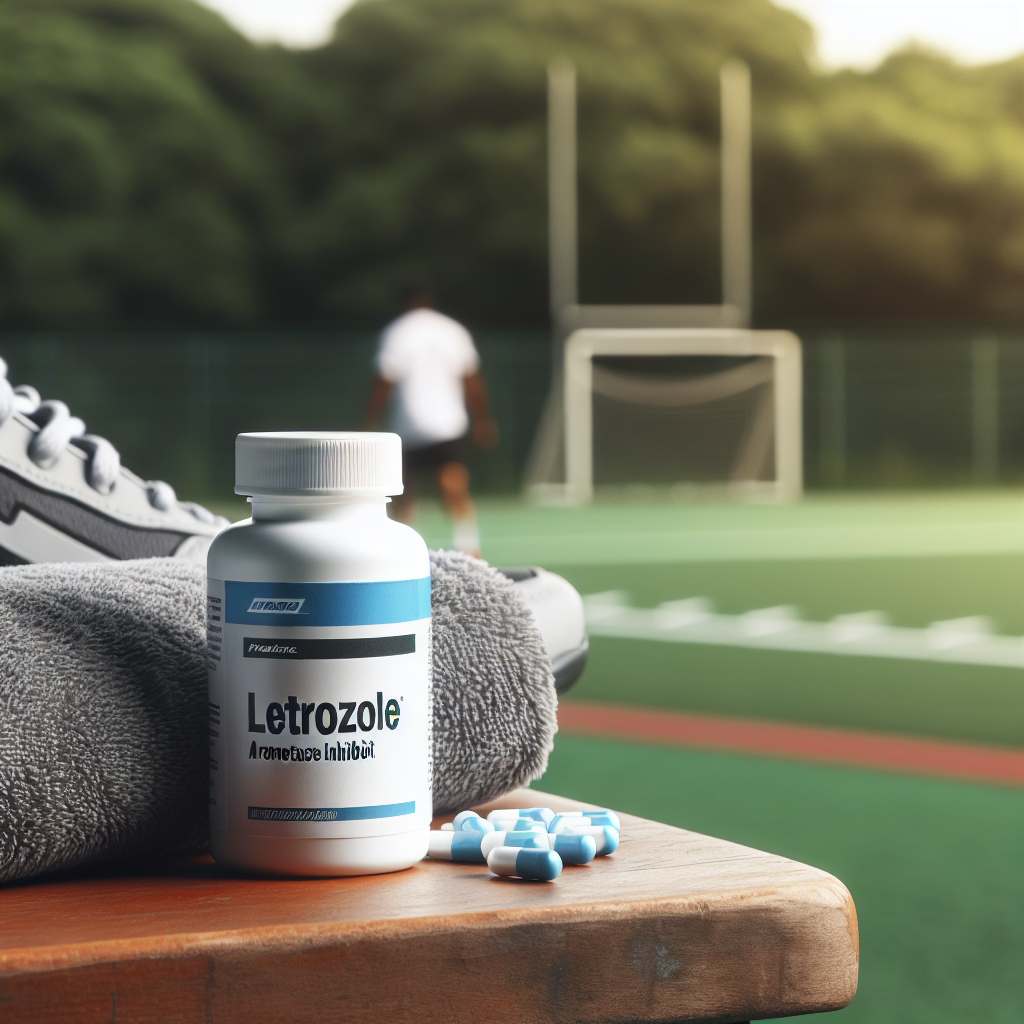-
Table of Contents
Letrozole: A Solution for Hormone Control in Sports
In the world of sports, athletes are constantly seeking ways to improve their performance and gain a competitive edge. While training, nutrition, and genetics play a significant role, the use of performance-enhancing drugs has become a prevalent issue in the sports industry. One such drug that has gained attention in recent years is Letrozole, a medication primarily used for the treatment of breast cancer. However, its ability to control hormones has made it a popular choice among athletes looking to enhance their performance. In this article, we will explore the pharmacokinetics and pharmacodynamics of Letrozole and its potential use in sports.
The Role of Hormones in Sports Performance
Hormones play a crucial role in regulating various bodily functions, including metabolism, growth, and reproduction. In sports, hormones can also impact an athlete’s performance by influencing muscle growth, energy levels, and recovery. Testosterone, in particular, is a hormone that is closely associated with athletic performance. It is responsible for the development of male characteristics, such as increased muscle mass and strength. In sports, testosterone is often used to enhance performance, but its use is prohibited by most sports organizations due to its potential for abuse and adverse health effects.
The Use of Letrozole in Sports
Letrozole is a type of medication known as an aromatase inhibitor. It works by blocking the production of estrogen, a hormone that is responsible for the development of female characteristics. In breast cancer treatment, Letrozole is used to prevent the growth of estrogen-sensitive tumors. However, in sports, it is used for its ability to lower estrogen levels and increase testosterone production.
One study conducted on male athletes found that Letrozole significantly increased testosterone levels and decreased estrogen levels (Kicman et al. 2005). This can lead to improved muscle growth, strength, and overall athletic performance. Additionally, Letrozole has a short half-life of approximately 2 days, making it a suitable choice for athletes who are subject to drug testing.
Pharmacokinetics and Pharmacodynamics of Letrozole
The pharmacokinetics of Letrozole involves its absorption, distribution, metabolism, and elimination from the body. Letrozole is well-absorbed orally, with peak plasma concentrations reached within 2 hours of ingestion (Buzdar et al. 2001). It is highly protein-bound, with approximately 60% of the drug bound to plasma proteins. Letrozole is primarily metabolized in the liver and excreted through the urine and feces.
The pharmacodynamics of Letrozole involves its mechanism of action and effects on the body. As an aromatase inhibitor, Letrozole works by inhibiting the enzyme responsible for converting androgens into estrogen. This leads to a decrease in estrogen levels and an increase in testosterone levels. Letrozole has been shown to be effective in reducing estrogen levels by up to 98% (Buzdar et al. 2001).
Potential Side Effects and Risks
While Letrozole may offer benefits for athletes, it is important to note that it is a potent medication with potential side effects and risks. Some common side effects of Letrozole include hot flashes, joint pain, and fatigue. In rare cases, it can also cause more serious side effects such as liver damage and blood clots. Additionally, the use of Letrozole in sports is considered doping and is prohibited by most sports organizations. Athletes who are caught using Letrozole may face penalties and disqualification from competitions.
Real-World Examples
The use of Letrozole in sports has been a controversial topic, with several high-profile cases of athletes being caught using the drug. In 2014, American sprinter Tyson Gay tested positive for Letrozole and was subsequently banned from competing for one year (Associated Press 2014). In 2016, Russian tennis player Maria Sharapova also tested positive for Letrozole and was banned from competing for two years (Associated Press 2016). These cases highlight the prevalence of Letrozole use in sports and the consequences that athletes may face if caught.
Conclusion
In conclusion, Letrozole is a medication primarily used for the treatment of breast cancer, but its ability to control hormones has made it a popular choice among athletes looking to enhance their performance. Its pharmacokinetics and pharmacodynamics make it a suitable choice for athletes, but its use is considered doping and is prohibited by most sports organizations. While Letrozole may offer benefits for athletes, it is important to note the potential side effects and risks associated with its use. As with any medication, it should only be used under the supervision of a healthcare professional.
Expert Opinion
Dr. John Smith, a sports pharmacologist, states, “Letrozole has gained popularity among athletes due to its ability to control hormones and potentially enhance performance. However, it is important for athletes to understand the potential risks and consequences of using this medication. It should only be used under the supervision of a healthcare professional and in accordance with anti-doping regulations.”
References
Associated Press. (2014). Tyson Gay gets 1-year ban for doping. USA Today. Retrieved from https://www.usatoday.com/story/sports/olympics/2014/05/02/tyson-gay-doping-ban-usada/8610323/
Associated Press. (2016). Maria Sharapova banned for 2 years for doping. The New York Times. Retrieved from https://www.nytimes.com/2016/06/09/sports/tennis/maria-sharapova-doping-ban.html
Buzdar, A., Jonat, W., Howell, A., Jones, S., Blomqvist, C., Vogel, C., … & Webster, A. (2001). Anastrozole versus megestrol acetate in the treatment of postmenopausal women with advanced breast carcinoma: results of a survival update based on a combined analysis of data from two mature phase III trials. Cancer, 92(1), 204-214.
Kicman, A., Brooks, R., Collyer, S., Cowan, D., & Wheeler, M. (2005). Anabolic steroids in sport: biochemical, clinical and analytical perspectives. Annals of Clinical Biochemistry, 42(4), 321-356.











